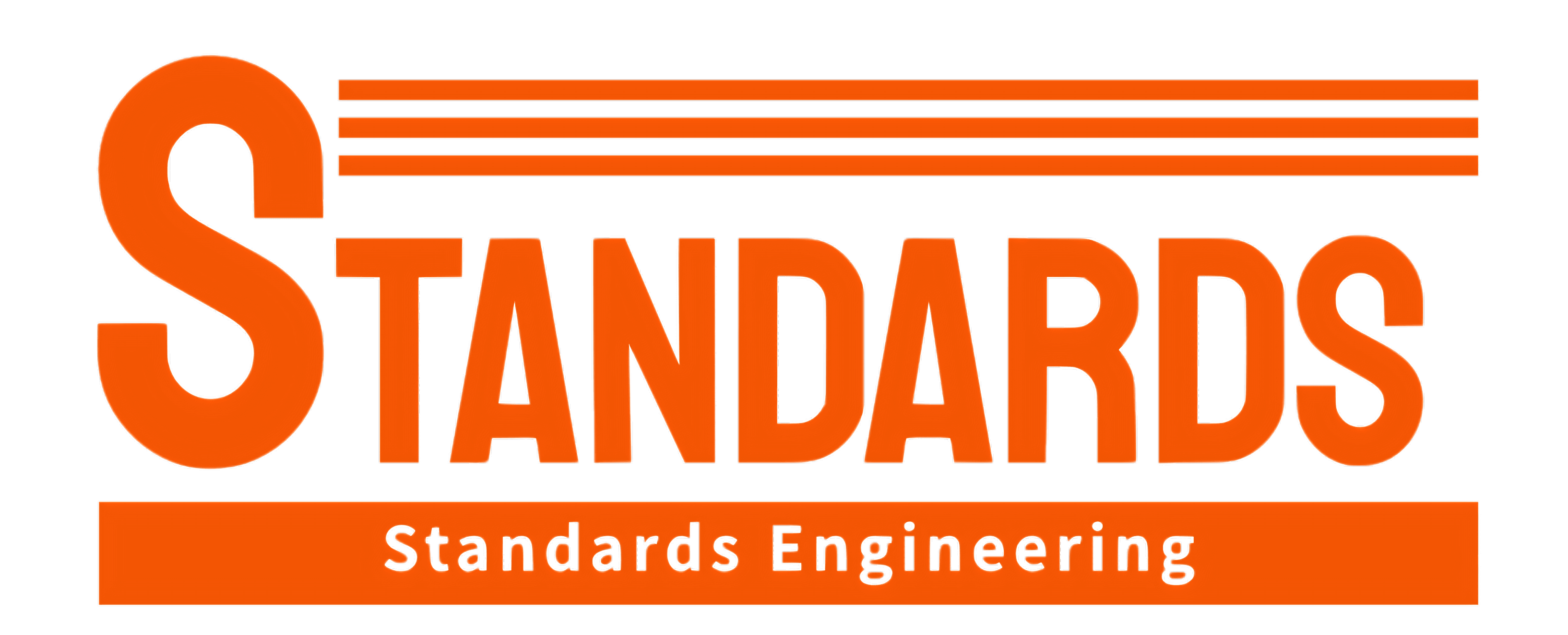ASTM F1550 PDF
Availability:
In Stock
IN TAX $27.50
Standard Test Method for Determination of Fire-Test-Response Characteristics of Components or Composites of Mattresses or Furniture for Use in Correctional Facilities after Exposure to Vandalism, by Employing a Bench Scale Oxygen Consumption Calorimeter
| Published by | Publication Date | Number of Pages |
| ASTM | 06/01/2016 | 12 |
ASTM F1550 – Standard Test Method for Determination of Fire-Test-Response Characteristics of Components or Composites of Mattresses or Furniture for Use in Correctional Facilities after Exposure to Vandalism, by Employing a Bench Scale Oxygen Consumption Calorimeter
Significance and Use
5.1 This test method provides a means to determine various fire-test-response characteristics, including the time to sustained flaming and the heat release rate, of composites exposed to a prescribed initial test heat flux in the cone calorimeter apparatus, after they have been vandalized in a prescribed manner, to expose the filling material.
5.2 It is clearly impossible to predict the manner in which a mattress or furniture will be vandalized. The objective of this test method is to develop data indicating the effect of violating the integrity of the fabric (or fabric-interliner) protection and exposing the padding to the source of heat (see Appendix X3).
5.3 Quantitative heat release measurements provide information which is useful for product design and product development, for mattresses or furniture destined for correctional occupancies.
5.4 Heat release measurements provide useful information for product development by giving a quantitative measure of specific changes in fire performance caused by component and composite modifications. Heat release data from this method will not be predictive of product behavior if the product will not spread flame over its surface under the fire exposure conditions of interest.
5.5 The use of test specimens simulating vandalism allows the investigation of the variation in response between the system as designed by the manufacturer and the way the system is occasionally present in actual use, with the filling material exposed to the incident energy.
5.6 This test method allows alternative strategies to be employed for producing a product (mattress or upholstered furniture) with the required fire-test-response characteristics for the scenario under consideration.
5.7 Limitations:
5.7.1 The test data are invalid if any of the events in 5.7.1.1 or 5.7.1.2 occur.
5.7.1.1 Explosive spalling.
5.7.1.2 The specimen swells sufficiently prior to ignition to touch the spark plug or swells up to the plane of the heater base during combustion.
5.7.2 This test method is not applicable to ignition by cigarettes, or by any other smoldering source.
5.7.3 The ignition source in this test method is a radiant energy source of relatively high intensity (35 kW/m2 initial test heat flux). It has been shown that this source models well, for furniture composites, a full scale source equivalent to five sheets of newspaper (2). It has also been shown that upholstered furniture and mattresses, particularly in public occupancies, are, on occasion, involved in fires after exposure to flaming ignition sources, However, it is not known what fraction of actual flaming mattress or furniture fires occur with ignitions more or less intense than the one modeled here.
5.7.4 It is not known whether the results of this test method will be equally valid when it is carried out under conditions different from the specified ones. In particular, it is unclear whether the use of a different ignition source, or the same ignition source but at a different initial test heat flux, will change relative results.
5.7.5 The value of heat release rate corresponding to the critical limit between propagating mattress fires and non-propagating mattress fires is not known.
5.7.6 It is not known what fraction of the vandalism that occurs is represented by the prescribed model used in this standard. However, the method described here is adequate to address one of the major objectives of the standard, namely investigate the effect of the exposed filling material on the fire-test-response characteristics of the composite.
Scope
1.1 This fire-test-response test method is designed for use to determine various fire-test-response characteristics, including ignitability and heat release rate, from composites of mattresses or furniture, or correctional facilities, which have been vandalized in a prescribed manner to expose the filling material, by using a bench scale oxygen consumption calorimeter.
1.2 This test method provides for measurements of the time to sustained flaming, heat release rate, peak and total heat release, and effective heat of combustion at a constant radiant initial test heat flux of 35 kW/m2. See 5.7 for limitations.
1.3 The apparatus used in this test method is also capable of determining heat release data at different initial test heat fluxes.
1.4 The specimen is oriented horizontally and a spark ignition source is used.
1.5 All fire-test-response characteristics are determined using the apparatus and the procedures described in Test Method E1354.
1.6 The tests are done on bench-scale specimens combining the mattress or furniture outer layer components. Frame elements are not included.
1.7 The vandalism is simulated by causing a prescribed cut on the outer layer of the composite, deep enough to expose the filling material to the incident radiation.
1.8 The values stated in SI units are to be regarded as standard. No other units of measurement are included in this standard.
1.9 This standard is used to measure and describe the response of materials, products, or assemblies to heat and flame under controlled conditions, but does not by itself incorporate all factors required for fire hazard or fire risk assessment of the materials, products, or assemblies under actual fire conditions.
1.10 This standard does not purport to address all of the safety concerns, if any, associated with its use. It is the responsibility of the user of this standard to establish appropriate safety and health practices and determine the applicability of regulatory limitations prior to use. For specific safety precautions, see Section 7.
1.11 Fire testing is inherently hazardous. Adequate safeguards for personnel and property shall be employed in conducting these tests.








Reviews (0)